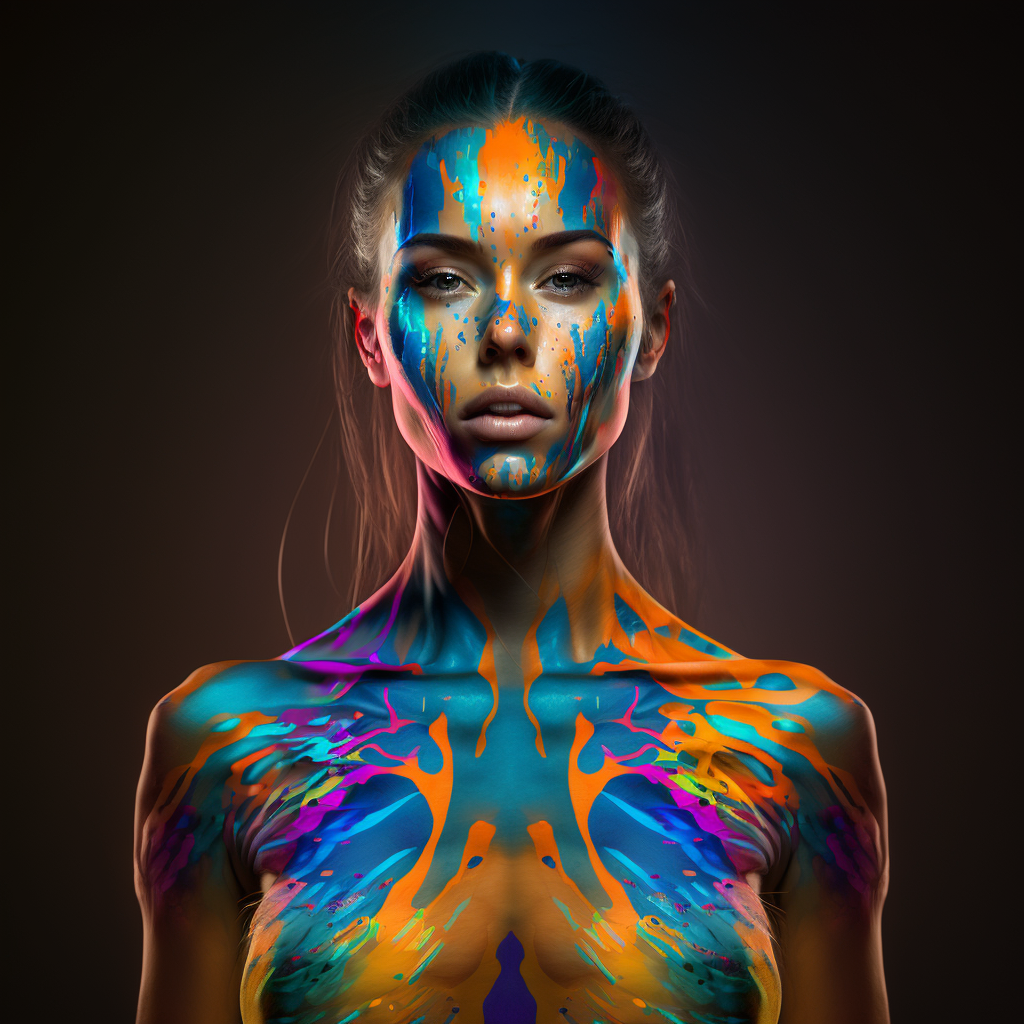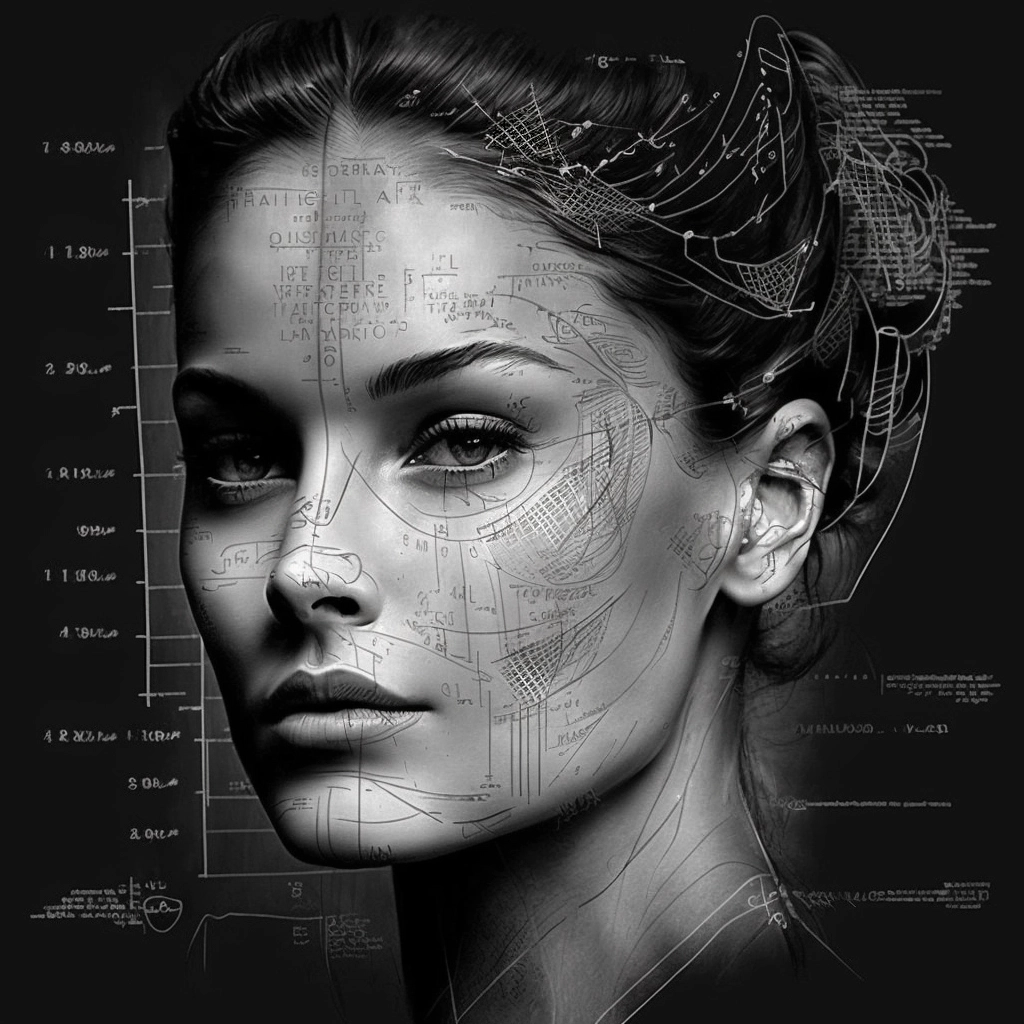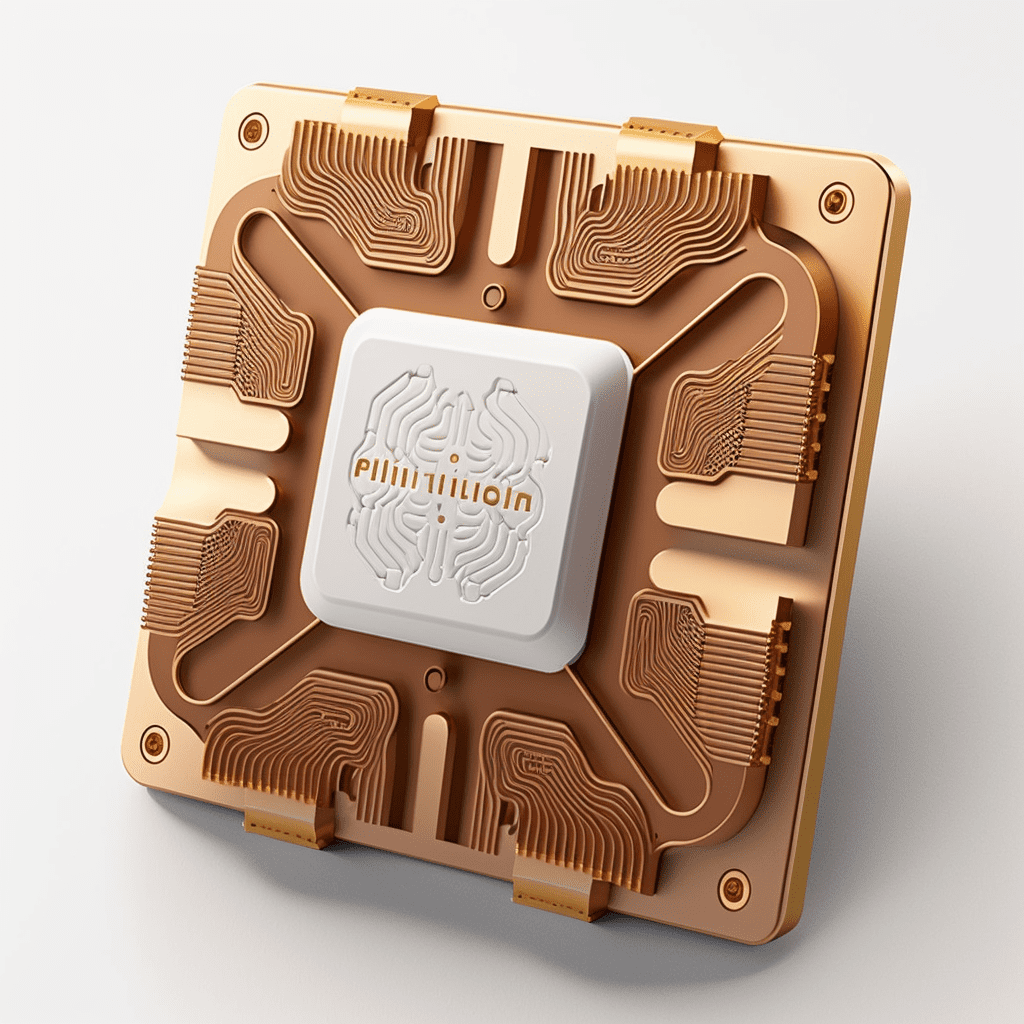Imagine being able to change your skin color and texture with a simple application of a jelly-like substance. That’s what millions of people around the world are doing with Jelly Skin, a revolutionary product that can permanently alter the appearance of human skin.
A breakthrough in cosmetic science has brought about a new era of body art, making traditional tattooing seem like a relic of the past. Skinspace Labs, a cutting-edge biotech company, has developed an innovative jelly called Jelly Skin, which can permanently alter the color and texture of human skin. This revolutionary product has taken the world by storm, transforming people into living canvases and inspiring a wave of self-expression like never before.
Jelly Skin is applied directly to the skin’s surface, where it bonds with the epidermis to create intricate, vivid designs. The jelly’s unique formula, derived from organic compounds and advanced pigmentation technology, ensures that the resulting body art is not only stunning but also resistant to UV fading, a common issue with traditional tattoos. It is a biodegradable gel that contains synthetic pigments and nanofibers that can penetrate the epidermis and modify the melanin and collagen levels in the skin. The result is a stunning transformation of the skin’s hue and feel, creating intricate, vivid body art that lasts a lifetime.
Jelly Skin was invented by Dr. Lena Park, a Korean-American dermatologist and bioengineer who wanted to create a safer and more versatile alternative to traditional tattoos. “Tattoos are painful, prone to fading and infection, and hard to remove,” she says. “Jelly Skin is painless, permanent, and customizable. You can choose any color, pattern, or texture you want, and apply it anywhere on your body.”

Jelly Skin comes in a variety of shades and finishes, from metallic to matte, from smooth to scaly. Some of the most popular designs include floral motifs, animal prints, geometric shapes, and abstract art. Some people even use Jelly Skin to mimic celebrities or fictional characters.
“I always wanted to look like Daenerys Targaryen from Game of Thrones,” says Lisa Chen, a 25-year-old fan who used Jelly Skin to turn her skin pale silver and her hair platinum blonde. “Now I feel like a queen every day.”
Jelly Skin has also been embraced by social activists and marginalized groups who use it to express their identity and challenge stereotypes. For example, some Black people have used Jelly Skin to lighten their skin tone as a form of protest against racism and colorism. Others have used it to darken their skin tone as a way of celebrating their heritage and culture.
“I used Jelly Skin to make my skin blacker than black,” says Jamal Jones, a 32-year-old rapper who identifies as Afrofuturist. “I wanted to show that black is beautiful, powerful, and futuristic.”
However, not everyone is happy with Jelly Skin. Some critics have accused Jelly Skin users of cultural appropriation, self-hatred, or vanity. Some religious groups have condemned Jelly Skin as unnatural and sinful. Some medical experts have warned that Jelly Skin may have unknown long-term effects on the skin’s health and function.
“Jelly Skin may seem harmless, but it is actually altering the skin’s structure and chemistry at a molecular level,” says Dr. David Lee, a dermatologist who opposes Jelly Skin. “We don’t know what this will do to the skin’s ability to regulate temperature, heal wounds, or fight infections. We also don’t know how Jelly Skin will interact with other medications or treatments.”
Despite these concerns, Jelly Skin continues to grow in popularity and demand. According to market research firm GlobalData, Jelly Skin sales reached $1 billion in 2023, up from $1 billion in 2022. The company expects Jelly Skin sales to reach $50 billion by 2025.
Dr. Theo Martin, a renowned sociologist, weighs in on the cultural implications of this phenomenon. “We are witnessing a radical shift in how people choose to express themselves. The widespread adoption of Jelly Skin will likely alter the landscape of human appearance and our perceptions of beauty.”
Jelly Skin is not only changing the way people look, but also the way they think about themselves and others. Some people see Jelly Skin as a form of self-expression and empowerment. Others see it as a form of escapism and deception. Whether you love it or hate it, Jelly Skin is reshaping the world of body art and beauty.
What do you think of Jelly Skin? Would you try it?





